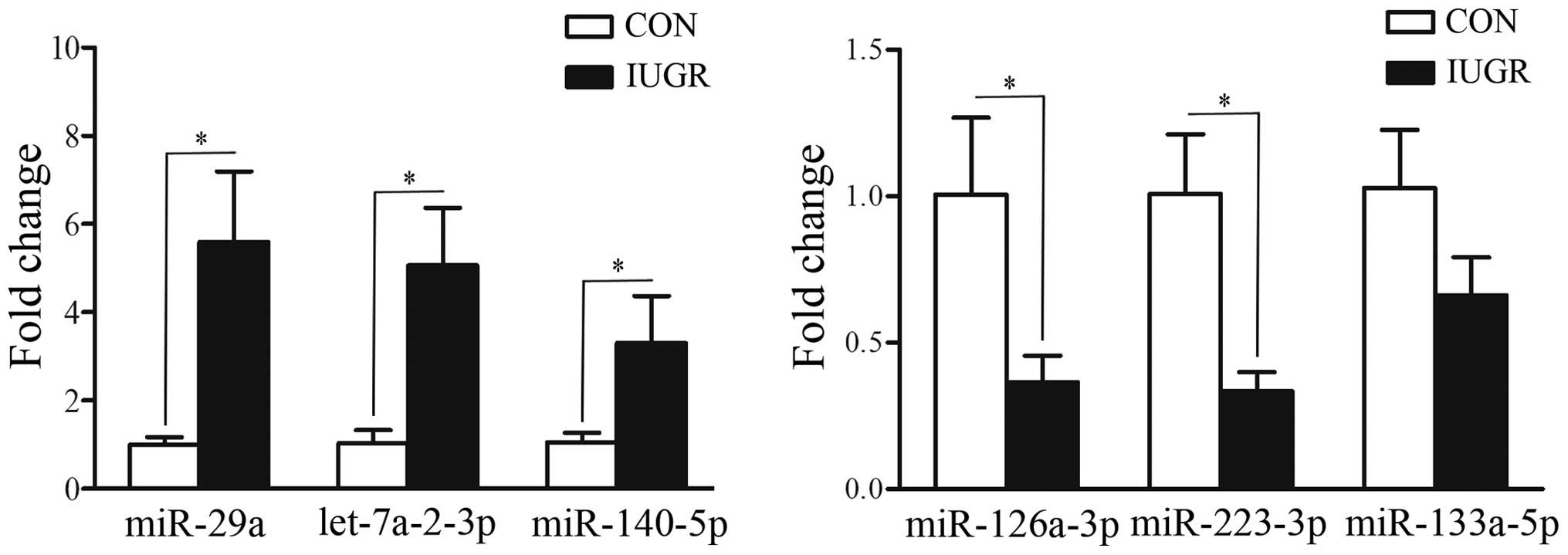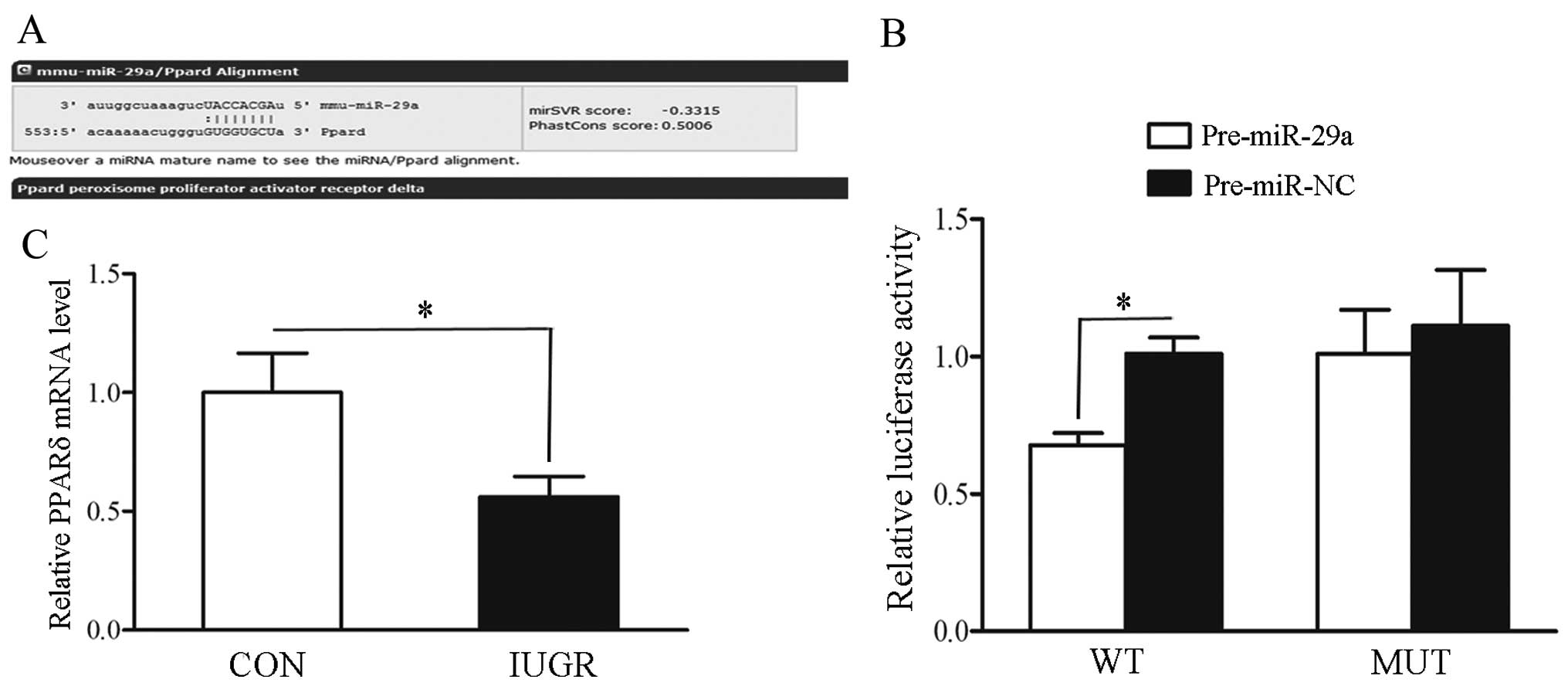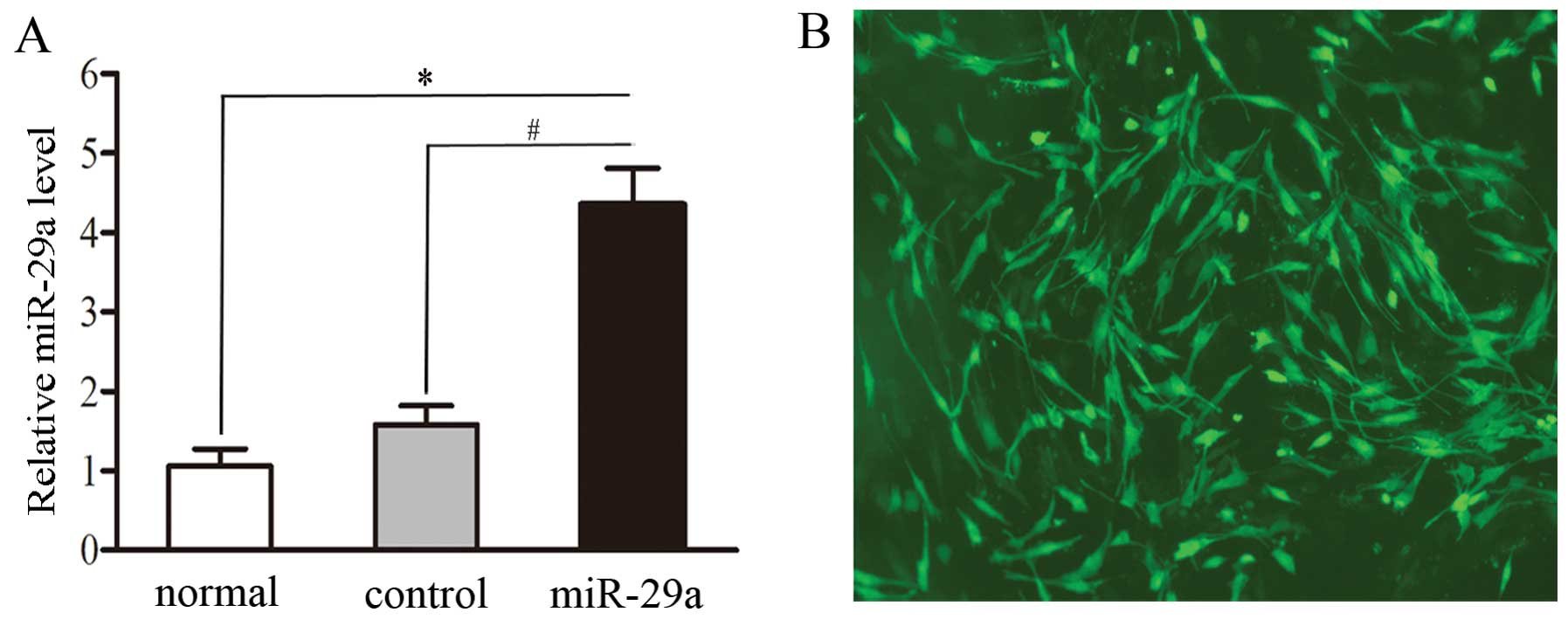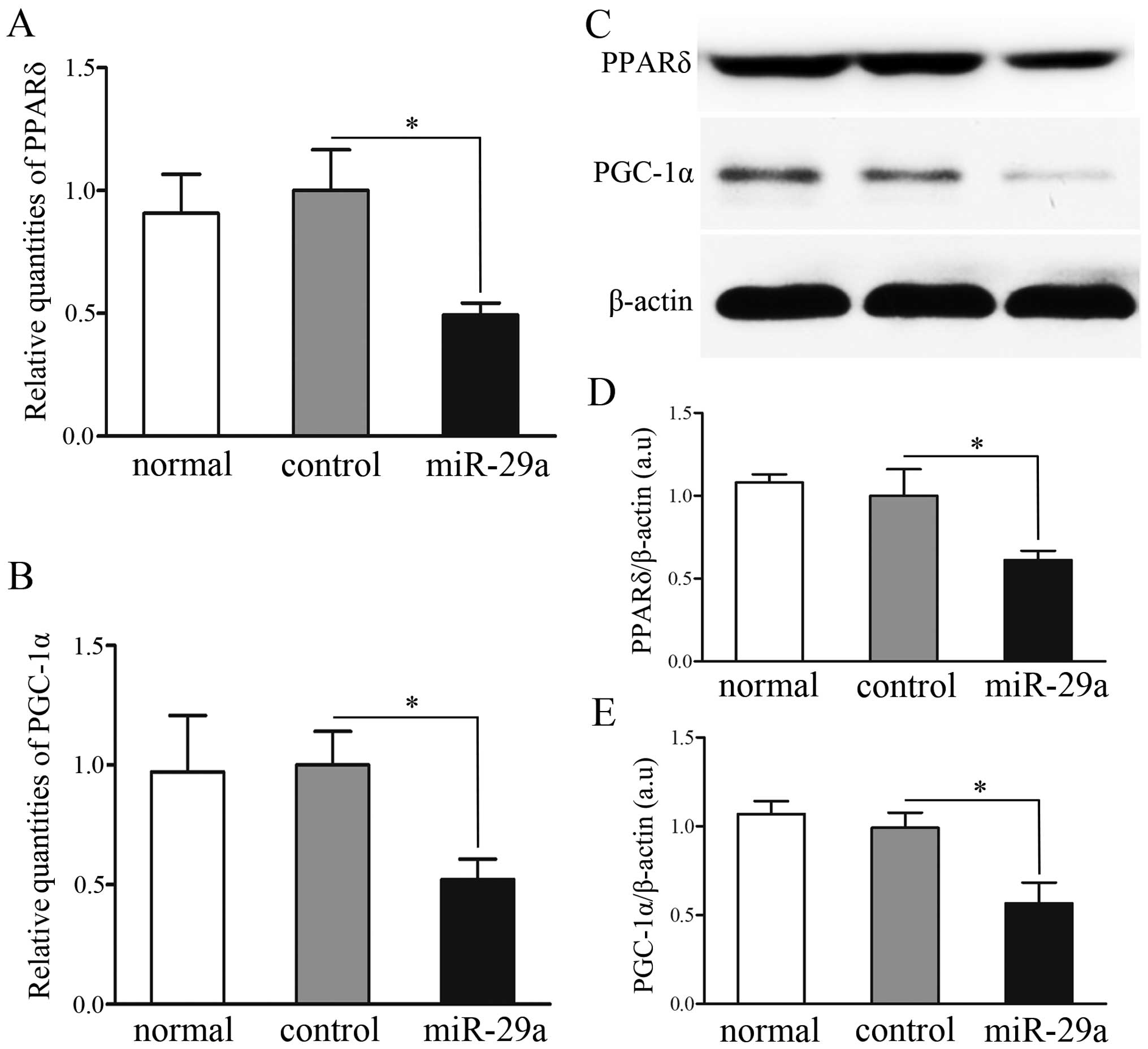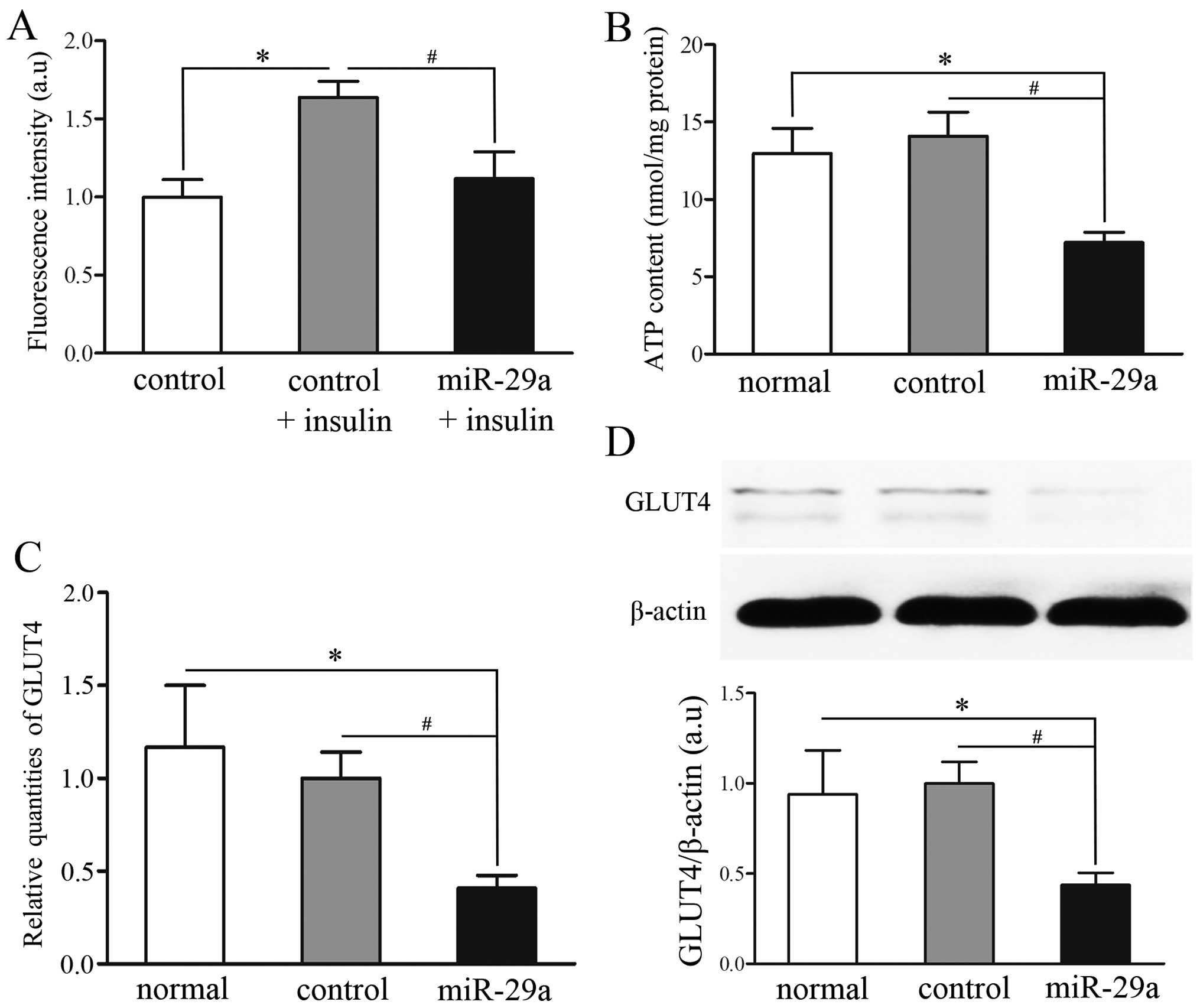|
1
|
Henriksen T: Foetal nutrition, foetal
growth restriction and health later in life. Acta Paediatr Suppl.
88:4–8. 1999. View Article : Google Scholar : PubMed/NCBI
|
|
2
|
Grella PV: Low birth weight and early life
origins of adult disease: insulin resistance and type 2 diabetes.
Clin Exp Obstet Gynecol. 34:9–13. 2007.PubMed/NCBI
|
|
3
|
Finken MJ, Keijzer-Veen MG, Dekker FW,
Frölich M, Hille ET, Romijn JA and Wit JM; Dutch POPS-19
Collaborative Study Group: Preterm birth and later insulin
resistance: effects of birth weight and postnatal growth in a
population based longitudinal study from birth into adult life.
Diabetologia. 49:478–485. 2006. View Article : Google Scholar : PubMed/NCBI
|
|
4
|
Phillips DI, Barker DJ, Hales CN, Hirst S
and Osmond C: Thinness at birth and insulin resistance in adult
life. Diabetologia. 37:150–154. 1994. View Article : Google Scholar : PubMed/NCBI
|
|
5
|
Gatford KL, Simmons RA, De Blasio MJ,
Robinson JS and Owens JA: Review: placental programming of
postnatal diabetes and impaired insulin action after IUGR.
Placenta. 31(Suppl): S60–S65. 2010. View Article : Google Scholar : PubMed/NCBI
|
|
6
|
Garg M, Thamotharan M, Oak SA, Pan G,
Maclaren DC, Lee PW and Devaskar SU: Early exercise regimen
improves insulin sensitivity in the intrauterine growth-restricted
adult female rat offspring. Am J Physiol Endocrinol Metab.
296:E272–E281. 2009. View Article : Google Scholar :
|
|
7
|
Neitzke U, Harder T, Schellong K, Melchior
K, Ziska T, Rodekamp E, Dudenhausen JW and Plagemann A:
Intrauterine growth restriction in a rodent model and developmental
programming of the metabolic syndrome: a critical appraisal of the
experimental evidence. Placenta. 29:246–254. 2008. View Article : Google Scholar : PubMed/NCBI
|
|
8
|
Sharma M, Juvvuna PK, Kukreti H and
McFarlane C: Mega roles of microRNAs in regulation of skeletal
muscle health and disease. Front Physiol. 5:2392014.PubMed/NCBI
|
|
9
|
Minetti GC, Feige JN, Bombard F, Heier A,
Morvan F, Nürnberg B, Leiss V, Birnbaumer L, Glass DJ and Fornaro
M: Gαi2 signaling is required for skeletal muscle growth,
regeneration, and satellite cell proliferation and differentiation.
Mol Cell Biol. 34:619–630. 2014. View Article : Google Scholar :
|
|
10
|
Lee RC, Feinbaum RL and Ambros V: The C.
elegans heterochronic gene lin-4 encodes small RNAs with antisense
complementarity to lin-14. Cell. 75:843–854. 1993. View Article : Google Scholar : PubMed/NCBI
|
|
11
|
Liu N and Bassel-Duby R: Regulation of
skeletal muscle development and disease by microRNAs. Results Probl
Cell Differ. 56:165–190. 2015. View Article : Google Scholar
|
|
12
|
Sene LB, Mesquita FF, de Moraes LN, Santos
DC, Carvalho R, Gontijo JA and Boer PA: Involvement of renal
corpuscle microRNA expression on epithelial-to-mesenchymal
transition in maternal low protein diet in adult programmed rats.
PLoS One. 8:e713102013. View Article : Google Scholar :
|
|
13
|
Raychaudhuri S: MicroRNAs overexpressed in
growth-restricted rat skeletal muscles regulate the glucose
transport in cell culture targeting central TGF-β factor SMAD4.
PLoS One. 7:e345962012. View Article : Google Scholar
|
|
14
|
Chen PY, Ganguly A, Rubbi L, Orozco LD,
Morselli M, Ashraf D, Jaroszewicz A, Feng S, Jacobsen SE, Nakano A
and Pellegrini M: Intrauterine calorie restriction affects
placental DNA methylation and gene expression. Physiol Genomics.
45:565–576. 2013. View Article : Google Scholar : PubMed/NCBI
|
|
15
|
Liu X, Lin Y, Tian B, Miao J, Xi C and Liu
C: Maternal protein restriction alters VEGF signaling and decreases
pulmonary alveolar in fetal rats. Int J Clin Exp Pathol.
7:3101–3111. 2014.PubMed/NCBI
|
|
16
|
Zeng Y, Gu P, Liu K and Huang P: Maternal
protein restriction in rats leads to reduced PGC-1α expression via
altered DNA methylation in skeletal muscle. Mol Med Rep. 7:306–312.
2013.
|
|
17
|
Ozanne SE, Martensz ND, Petry CJ, Loizou
CL and Hales CN: Maternal low protein diet in rats programmes fatty
acid desatu rase activities in the offspring. Diabetologia.
41:1337–1342. 1998. View Article : Google Scholar : PubMed/NCBI
|
|
18
|
He A, Zhu L, Gupta N, Chang Y and Fang F:
Overexpression of micro ribonucleic acid 29, highly up-regulated in
diabetic rats, leads to insulin resistance in 3T3-L1 adipocytes.
Mol Endocrinol. 21:2785–2794. 2007. View Article : Google Scholar : PubMed/NCBI
|
|
19
|
Thorn SR, Rozance PJ, Brown LD and Hay WW
Jr: The intrauterine growth restriction phenotype: fetal
adaptations and potential implications for later life insulin
resistance and diabetes. Semin Reprod Med. 29:225–236. 2011.
View Article : Google Scholar : PubMed/NCBI
|
|
20
|
Henriksen EJ and Prasannarong M: The role
of the renin-angiotensin system in the development of insulin
resistance in skeletal muscle. Mol Cell Endocrinol. 378:15–22.
2013. View Article : Google Scholar
|
|
21
|
Govers R: Cellular regulation of glucose
uptake by glucose transporter GLUT4. Adv Clin Chem. 66:173–240.
2014. View Article : Google Scholar : PubMed/NCBI
|
|
22
|
Bouzakri K, Koistinen HA and Zierath JR:
Molecular mechanisms of skeletal muscle insulin resistance in type
2 diabetes. Curr Diabetes Rev. 1:167–174. 2005. View Article : Google Scholar
|
|
23
|
McClelland AD and Kantharidis P: microRNA
in the development of diabetic complications. Clin Sci (Lond).
126:95–110. 2014. View Article : Google Scholar
|
|
24
|
Jaquet D, Vidal H, Hankard R, Czernichow P
and Levy-Marchal C: Impaired regulation of glucose transporter 4
gene expression in insulin resistance associated with in utero
undernutrition. J Clin Endocrinol Metab. 86:3266–3271.
2001.PubMed/NCBI
|
|
25
|
Pandey AK, Verma G, Vig S, Srivastava S,
Srivastava AK and Datta M: miR-29a levels are elevated in the db/db
mice liver and its overexpression leads to attenuation of insulin
action on PEPCK gene expression in HepG2 cells. Mol Cell
Endocrinol. 332:125–133. 2011. View Article : Google Scholar
|
|
26
|
Coll T, Rodrïguez-Calvo R, Barroso E,
Serrano L, Eyre E, Palomer X and Vázquez-Carrera M: Peroxisome
proliferator-activated receptor (PPAR) beta/delta: a new potential
therapeutic target for the treatment of metabolic syndrome. Curr
Mol Pharmacol. 2:46–55. 2009. View Article : Google Scholar : PubMed/NCBI
|
|
27
|
Pérez-Schindler J, Svensson K,
Vargas-Fernández E, Santos G, Wahli W and Handschin C: The
coactivator PGC-1α regulates skeletal muscle oxidative metabolism
independently of the nuclear receptor PPARβ/δ in sedentary mice fed
a regular chow diet. Diabetologia. 57:2405–2412. 2014. View Article : Google Scholar
|
|
28
|
Liang J, Liu C, Qiao A, Cui Y, Zhang H,
Cui A, Zhang S, Yang Y, Xiao X, Chen Y, et al: MicroRNA-29a-c
decrease fasting blood glucose levels by negatively regulating
hepatic gluconeogenesis. J Hepatol. 58:535–542. 2013. View Article : Google Scholar
|
|
29
|
Hancock CR, Han DH, Chen M, Terada S,
Yasuda T, Wright DC and Holloszy JO: High-fat diets cause insulin
resistance despite an increase in muscle mitochondria. Proc Natl
Acad Sci USA. 105:7815–7820. 2008. View Article : Google Scholar : PubMed/NCBI
|
|
30
|
Dugani CB and Klip A: Glucose transporter
4: cycling, compartments and controversies. EMBO Rep. 6:1137–1142.
2005. View Article : Google Scholar : PubMed/NCBI
|
|
31
|
Ishiki M and Klip A: Minireview: recent
developments in the regulation of glucose transporter-4 traffic:
new signals, locations, and partners. Endocrinology. 146:5071–5078.
2005. View Article : Google Scholar : PubMed/NCBI
|
|
32
|
Kellerer M, Lammers R and Häring HU:
Insulin signal transduction: possible mechanisms for insulin
resistance. Exp Clin Endocrinol Diabetes. 107:97–106. 1999.
View Article : Google Scholar : PubMed/NCBI
|
|
33
|
Krämer DK, Al-Khalili L, Guigas B, Leng Y,
Garcia-Roves PM and Krook A: Role of AMP kinase and PPARdelta in
the regulation of lipid and glucose metabolism in human skeletal
muscle. J Biol Chem. 282:19313–19320. 2007. View Article : Google Scholar : PubMed/NCBI
|
|
34
|
Handschin C and Spiegelman BM: The role of
exercise and PGC1alpha in inflammation and chronic disease. Nature.
454:463–469. 2008. View Article : Google Scholar : PubMed/NCBI
|















